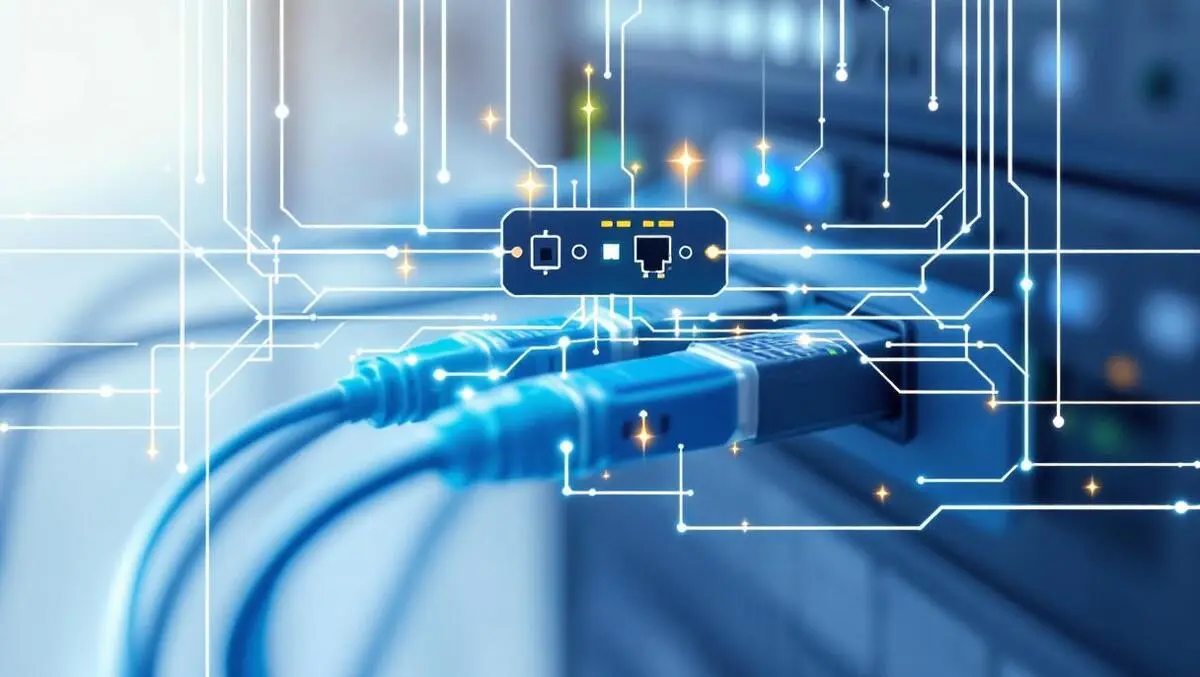
Cisco launches secure AI-optimised network for global firms
Cisco has introduced a new secure network architecture targeting the growing demands and security concerns facing enterprises as AI-driven workloads reshape the modern workplace.
The architecture is designed for deployment across campus, branch, and industrial network environments, and focuses on operational simplicity through unified management, hardware optimised for AI applications, and security embedded within every layer of the network.
Enterprise demands
The new architecture comes in response to surging network traffic, tighter uptime requirements, and heightened cyber security threats as organisations accelerate the integration of AI across their operations. Cisco cited findings from its IT Networking Leader Survey, which revealed that 97% of businesses believe network upgrades are necessary for the success of AI and IoT initiatives. The survey also indicated that single severe outages could result in global financial losses approaching USD $160 billion.
Jeetu Patel, President and Chief Product Officer at Cisco, explained the challenge:
"As AI transforms work, it fuels explosive traffic growth across campus, branch, and industrial networks, overwhelming IT teams with complexity and novel security risks at a time when downtime has never been more costly. With a new architecture, breakthrough devices optimized for AI, and AgenticOps, we're leapfrogging the industry and reimagining how networks are managed and secured."
Simplified operations
Operational complexity is frequently cited as a pain point for IT departments. The Cisco unified management platform seeks to address this by enabling management across Meraki and Catalyst device ranges, wireless, switching, routing, and industrial networks. This integrated approach allows deployment in any environment—cloud, on-premises, or hybrid.
The management platform incorporates ThousandEyes assurance—which now extends to mobile endpoints and industrial IoT—offering more comprehensive visibility into networks and into Microsoft Azure.
Cisco has also introduced an integration between ThousandEyes and Splunk, delivering real-time insights from network to application. This is expected to give organisations greater assurance and operational resilience across both internal and third-party infrastructure.
Central to the management advances is AgenticOps, Cisco's AI-enabled operational strategy that combines real-time telemetry, automation, and domain knowledge for data-driven actions. This is underpinned by the Deep Network Model, a domain-specific large language model trained on Cisco resources, from advanced certifications to courseware content.
The platform also debuts the Cisco AI Assistant, a conversational interface designed to identify and diagnose network issues, reducing the time required for common tasks. In addition, Cisco is launching AI Canvas—a generative AI dashboard interface intended to help NetOps, SecOps, and DevOps teams collaborate and optimise operations while reducing the strain on IT staff.
New hardware for AI workloads
Cisco has also announced a new range of devices tailored to the requirements of high-volume AI traffic, low latency, and robust security.
The new Cisco C9350 and C9610 Smart Switches, powered by Silicon One, reportedly offer up to 51.2Tbps throughput, latency below five microseconds, and incorporate quantum-resistant security capabilities.
The new Cisco 8100, 8200, 8300, 8400 and 8500 Secure Routers include native SD-WAN and Secure Access Service Edge (SASE) integration, next-generation firewalls, and post-quantum security within a single device. Cisco states that these routers deliver up to three times the throughput of previous generations.
The expanded wireless portfolio features the Cisco Wireless 9179F Series Access Points for high-capacity venues, and a new Campus Gateway to provide seamless roaming on large campuses. For industrial environments, newly ruggedised switches and Ultra-Reliable Wireless Backhaul integration aim to support critical applications such as quality inspections and autonomous mobile robots.
Security measures
Cisco's approach integrates security at multiple layers. The new Cisco Live Protect introduces kernel-level controls designed to block exploits and protect switches and routers without requiring downtime or system reimaging.
To secure data in transit, post-quantum-ready MACsec, WAN MACsec, and IPsec encryption have been added, with the new C9000 Smart Switches now Hypershield-ready for enhanced segmentation.
Security is likewise extended to users, endpoints, and applications. Cisco's updates include expanded microsegmentation, AI-powered device classification, and unified policy management. With the support of Cisco Identity Services Engine, Cyber Vision, Cisco Talos, and Secure Access SSE, the architecture aims to enforce security measures at all network points.
Industry response
Commenting on the development, Matt Eastwood of IDC stated:
"Organizations are at a critical juncture. The promise of AI is immense, but the reality is that existing enterprise networks are simply not equipped to handle the scale, security, and reliability requirements that AI demands. Cisco's new secure network architecture marks a critical evolution in networking and provides a future-ready foundation for enterprises to confidently embrace AI without sacrificing performance or security."
Availability
The new architecture will be available through Cisco and certified partners, with unified management, licensing, and support. The unified management platform is available immediately, with Cisco AI Assistant in public beta and AI Canvas to be trialled with selected customers later in the year.


